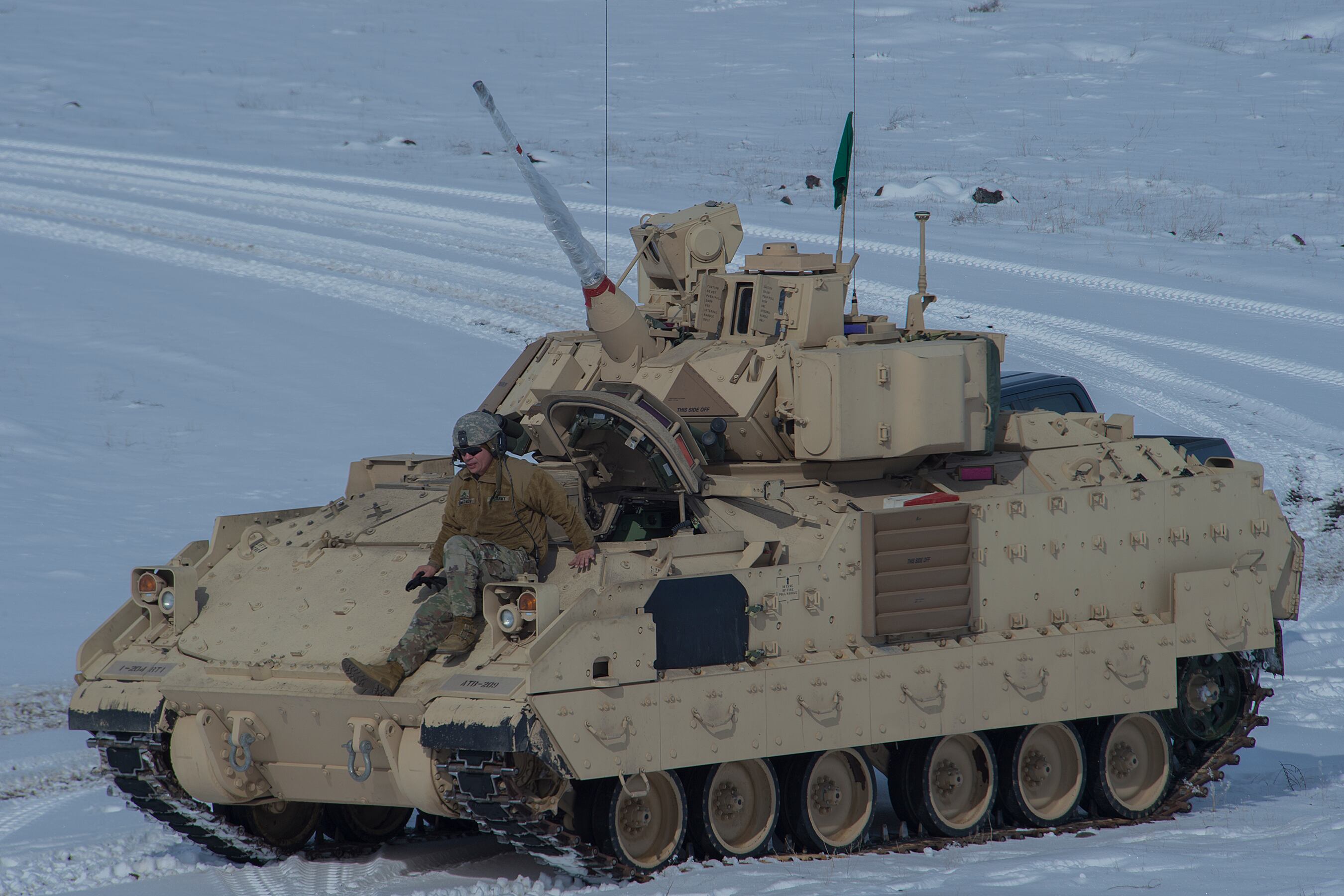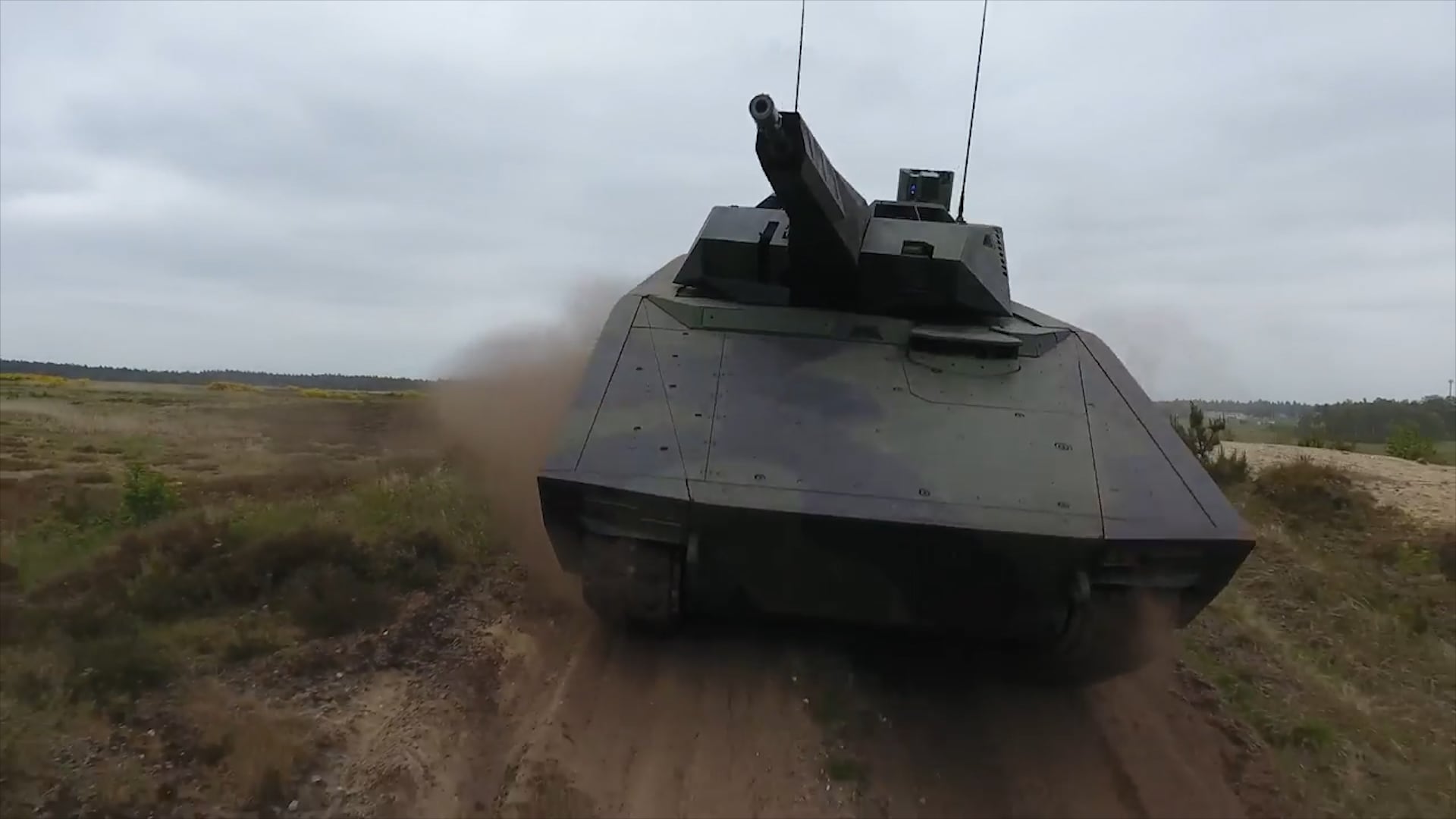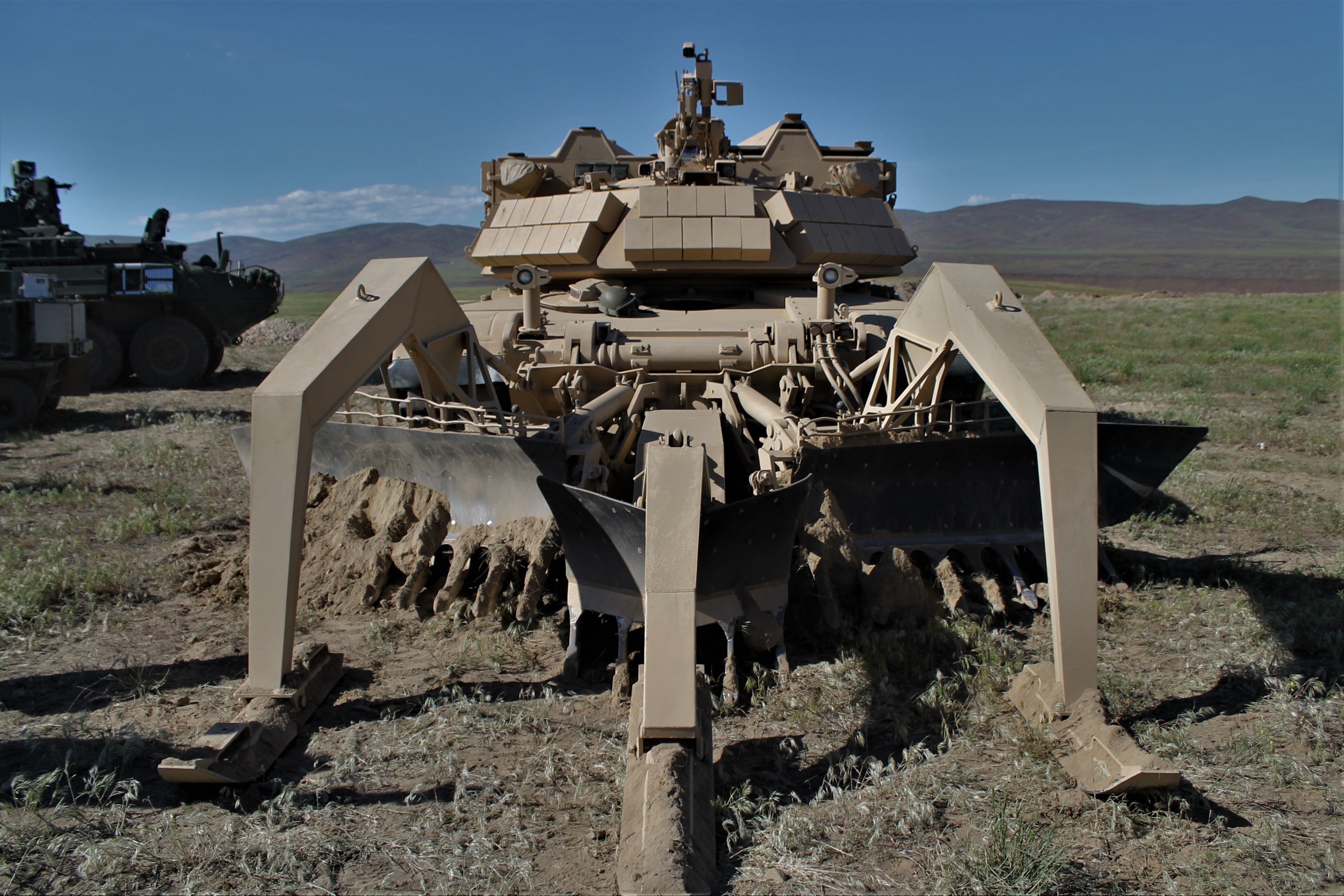WASHINGTON — BAE Systems has decided it won’t participate in the U.S. Army’s competition to acquire an Optionally Manned Fighting Vehicle, which will ultimately replace the company’s Bradley fighting vehicle in the service’s inventory.
“After careful consideration we have decided not to move forward with OMFV,” Jim Miller, senior business development director for combat vehicles at BAE told Defense News in an exclusive June 7 interview.
“I really want to be clear that we are not making a statement about the viability of the OMFV program or the veracity of the requirements or any of that stuff; this is just a business decision we’ve made,” Miller said.
The Army issued a request for proposals to competitively build OMFV prototypes, a major effort within its Next-Generation Combat Vehicle portfolio, in March, and there was every expectation that BAE would submit an offering.
BAE told Defense News in October at the Association of the U.S. Army’s annual conference that its CV90 Mark IV was a good jumping off point to develop and build the Army’s Bradley replacement.
The Army decided last year that it would cut back on upgrade plans for the Bradley vehicle in order to free up funding to move forward quickly with the OMFV plans.
The OMFV is intended to replace the Bradley starting in 2026 and is designed to better operate in future environments that would allow soldiers to maneuver to a position of advantage and “to engage in close combat and deliver decisive lethality during the execution of combined arms maneuver,” according to an Army statement.
RELATED

But the Army’s fighting vehicle incumbent doesn’t want in on OMFV because, according to Miller, there are a lot of irons in the fire for the company as it looks to fulfill current demand and to delve deeper in future development.
“We are really excited about everything that is going on with the Army and Marine Corps,” Miller said. “They are both doing great modernization programs. It’s a really exciting time for all of industry and particularly for us.”
BAE is in the middle of five major modernization efforts, which are all in production at some level, Miller said, and the company is committed to continuing with the Bradley A4 upgrades.
Two of those major efforts also fall within the NGCV portfolio: Mobile Protected Firepower (MPF) and Armored Multi-Purpose Vehicle (AMPV).
BAE is one of two companies selected to competitively provide MPF prototypes — a new armored, tracked vehicle to enhance infantry units’ firepower.
And it’s building the AMPV for the service as well, delivering the first prototypes to the Army in December 2016.
BAE is also in low-rate production for the M109A7 Self-Propelled Howitzer and companion M992A3 ammunition carrier vehicles under the Paladin Integrated Management (PIM) program.
The company was also chosen last year to build the Marine Corps’ new Amphibious Combat Vehicle (ACV).
“We have had a lot of success and despite all of that success, we still need to be careful about which pursuits we go after and there are so many emerging opportunities right now, we have to pick and choose,” Miller said.
OMFV is “certainly in our wheelhouse,” Miller said. “We’ve got systems and products that would fit that opportunity, I think, and could be very successful, but we’ve just made a business decision.”
RELATED

BAE is looking deeper into the future at objective modernization capability 10 times more effective than what the service now has. The Army’s modernization goals aim to reach that level of capability.
“We want to go after that objective 10X capability and we want to start focusing on that, and in our mind that is around autonomy and robotics,” Miller noted. “There is a whole series of advanced technologies that are pretty exciting.”
For instance, BAE is involved in the Extended Range Cannon Artillery (ERCA) program — which aims to extend the range of a cannon out to as much as 70 km — by working to install a longer barrel on its M109A7 Paladin.
BAE recently brought a robotic vehicle to a trade show to foster conversation regarding what the service plans to do for its Robotic Combat Vehicle (RCV) program, which aims to develop robotic vehicles in the light-, medium- and heavy-weight classes to aid forces on the battlefield in a variety of ways.
“Our expertise is around the Army’s heavy brigades,” Miller said, “so our robotics will be RCV-Medium and RCV-Heavy.”
RELATED

But BAE is looking at a wide range of possibilities, not just in full-up vehicles but in “cutting edge technologies” and the company has even set up a lab embedded at the innovative entrepreneur’s hub Capital Factory in Austin, Texas, which is also home to part of Army Futures Command.
When looking at the wide variety of efforts both in prototyping and research and development within the NGCV portfolio, Miller said, “Each one of these opportunities, we will do the same kind of business analysis,” adding, “we see ourselves as being a key part of the Army’s future in combat vehicles and we are going to remain engaged in all of them.”
Jen Judson is an award-winning journalist covering land warfare for Defense News. She has also worked for Politico and Inside Defense. She holds a Master of Science degree in journalism from Boston University and a Bachelor of Arts degree from Kenyon College.






